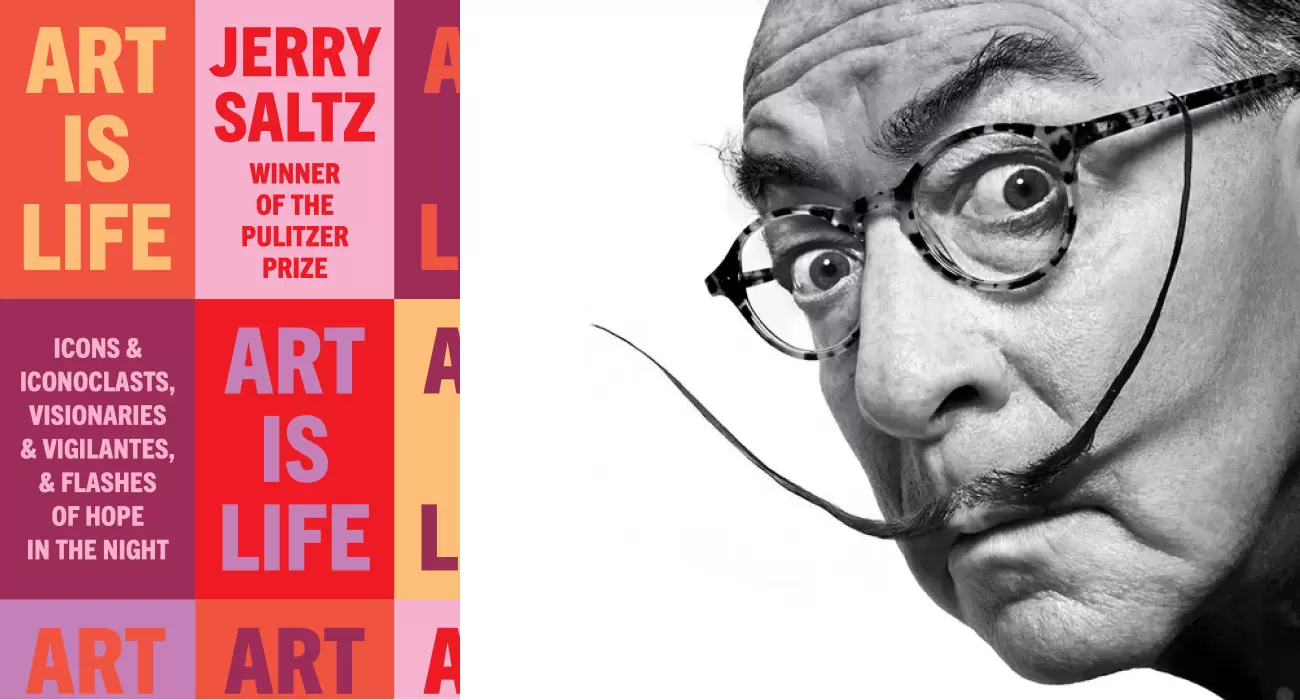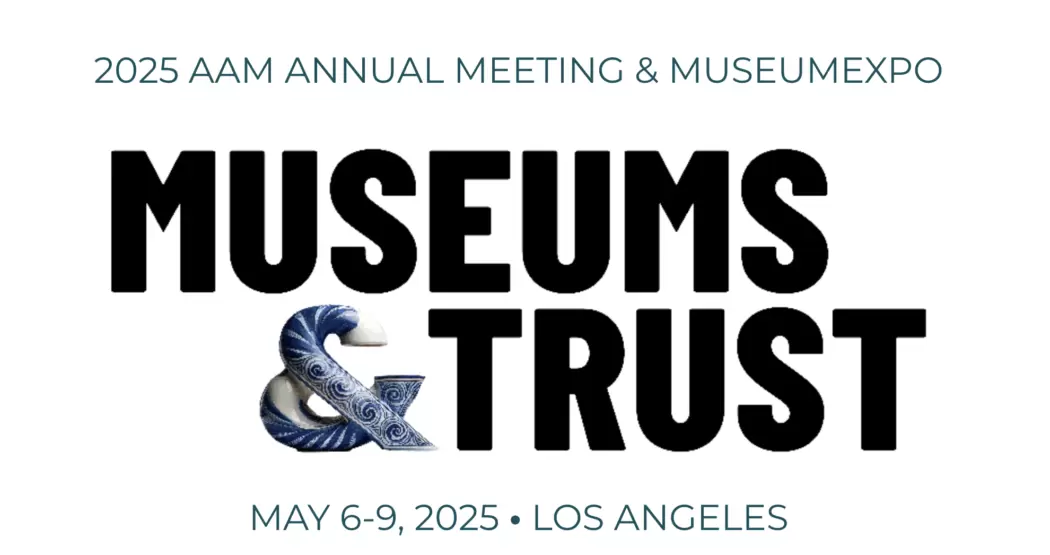In conversation with Jerry Saltz on “Art is life”
As part of our Book Club, we sat down with Jerry Saltz, Senior Art Critic for New York Magazine and a Pulitzer winner to talk about the release of his latest book “Art is life”.


Jerry Saltz is an accomplished art critic who has seen the art world from many different perspectives. He is a co-chief art critic for the New York Times and the author of the book “How to be an Artist.”
Saltz has gathered his wealth of knowledge and experience as an artist, truck driver, and art critic in this new book “Art is Life”. His frank and open style of writing, which he is known for, is evident in the book. Saltz has been a critic for the Village Voice and New York magazine, where he won the Pulitzer Prize for criticism in 2018. He is married to fellow critic Roberta Smith who is co-chief art critic for the New York Times.
In a recent Instagram Live interview with .ART Editorial Executive Evlyne Laurin, Saltz talks about his journey as an artist-turned-critic and the impact of social media on the art world. He views the art world as a “dysfunctional family” and thinks that art is formed through the intermingling of different contexts. He believes that all art reflects the current era and its events and that his role as a critic is to notice things and express his opinions, but not to be married to them. He has a different approach to art criticism, where he wants the many to speak to one another on an equal playing field and he practices radical vulnerability.
While every minute of the hour+ conversation with Jerry Saltz is pure intellectual fireworks, below are some the key topics that were discussed:
On the force of art
Art is the greatest operating system that our species has ever devised to explore consciousness.
Saltz believes that art is a powerful and integral part of our existence. It has been present since before human civilization, and has served multiple purposes throughout history. He views art as a verb, rather than a noun, meaning that it is not just a thing to be looked at, but something that has the power to heal, protect, and change the world. According to Saltz, the art world is more complex and influential than many people realize, and he encourages artists to just “get to work” instead of worrying about the details.
On criticism and art fairs
Curators will go to Hong Kong to see a gallery that’s seven blocks from their museum. Now, I understand that it’s sexy and fun but it’s a big mystery to me.
Jerry Saltz believes that there is a lack of critical reviews in the art world and that being critical is a way of showing respect to art. He criticizes the art world’s focus on the top 1% of artists and wishes for more coverage of the local art scene. He believes that art fairs can be a good way for artists to make money and for people to discover new galleries and artists, but acknowledges that they can also be time-consuming and draining.
On art vandalism
Can you see this? That is me in Chicago, the other day. And I want to get back to that photograph in a minute.

“…It makes me sick, these attacks on art. However, I believe in paradox. In the same way that the Bad Banana (Saltz refers here to Maurizio Cattelan’s Banana at Art Basel Miami in 2019) would not have been anything if it was in a show right now in Chelsea or your city. Nobody would really have noticed it. Sometimes the only way to get people to f$%c?&ng notice is to do this. I hate that one form of beauty must attack another form of beauty. I understand that every one of these works is protected by glass, but we all know that eventually a work that is not protected will be destroyed. That painting you saw me praying to in Chicago has no glass on it. That is one. Two, there will be no more loans of works to museums in your lifetime. Three, the security apparatus that now must be technically put into place in every gallery, hallway, or bathroom of every public institution, will cost tens of billions of dollars. I’m not complaining about that because we are balancing it against the end of time. Insurance policies are now absolutely being rewritten. The new technology that is being formed to make this glass to protect the art burns more carbon than a thousand jet planes taken by a thousand people, but it must be done. I understand. I completely understand, and it breaks my heart to know that before the year is out, probably, by accident or with purpose, a work of art is going to be destroyed.”
On NFTs
Anybody that rejects digital transmission of art is like a garage band that’s too pure to sign with a company.
Jerry Saltz views NFTs as a tool, like lithography or Instagram. Once he created an NFT and sold it for $100,000, donating the money to charity. He considers himself too old for the NFT space and believes it would benefit from criticism. Saltz is more excited about the potential of AI art, which he views as a game changer for art in the future. He believes art is the greatest operating system for exploring consciousness and that every tool, including NFTs and AI, will be used by artists to create great art. Saltz believes that digital transmission of art is important and rejecting it is like a garage band rejecting a record deal.
On Cattelan’s banana artwork
On one hand, Jerry Saltz sees Cattelan’s taped banana as an example of the “obscenity,” “insanity,” “absurdity,” and “awfulness” of the art world, which is dominated by money and lacks aesthetic judgment. On the other hand, he recognizes that the artwork raises interesting questions and is a “genius” example of a truly horrendous work of art that highlights these issues. He feels that Cattelan was able to make a bad work of art that raises important questions, which is a rare and difficult achievement.
On fear and uncertainty
Fear is the price of admission to the house of art.
Jerry Saltz encourages artists to form a community with each other, to be persistent in their work and to focus on their own work rather than comparing themselves to others. Saltz also believes that fear and uncertainty are important aspects of the creative process, as they help artists to reorganize their thought structures and learn new things. He stresses the importance of overcoming fear and embracing uncertainty, as it leads to growth and breaking old habits.





